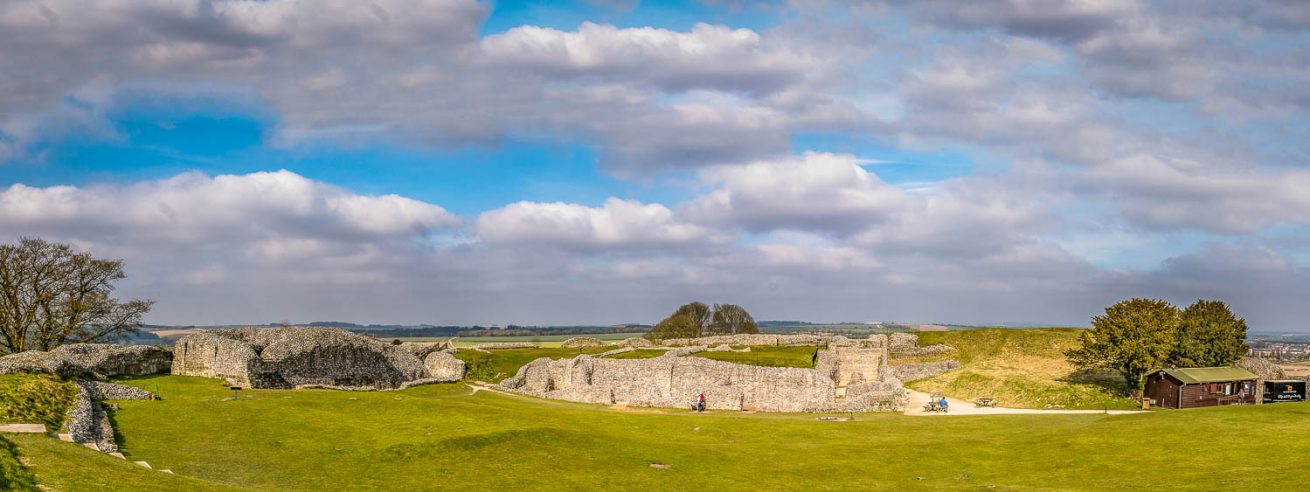The History in just few pictures Old Sarum
Climb the mighty ramparts for views over the Wiltshire plains and imagine the once thriving town of Old Sarum. Stand in the footprint of Salisbury’s original cathedral, conquer the royal castle which stood high on the motte, and discover the awe-inspiring Iron Age hill fort where it all began. Unearth over 2,000 years of history and find out how the Romans, Normans and Saxons have all left their mark on this impressive landscape.
William the Conqueror chose Sarum as the location for a royal castle, royal in the sense that William and later kings would sometimes stay here, and also in the sense that important national events could be held within it. The site was chosen because it lay inside a large Iron Age hill fort, and initial defences could be constructed very quickly. Just four years after the conquest, in 1070, having gained control of England, William used the castle to pay off his troops. They were paid with the proceeds of treasure left for safety in their minsters by Anglo-
The hillfort of Old Sarum lies to the immediate north of the modern town of Salisbury. A 15 minutes bike-ride will get you there, but there is a bus connection as well, and of course you can park the car close by the monument, there is free parking. There is an admission fee to enter the Norman inner fortress, but when you are not interested in that, or the very nice views from the top of the ruins, you can wander around the outer area for free. This area is what’s left of the original Iron Age fortress, and one can but wonder how many people may have lived here at one time, or Vortigern’s time for that matter. During late summer, there’s usually a re-enactment event which can help imagining what those times were like.















